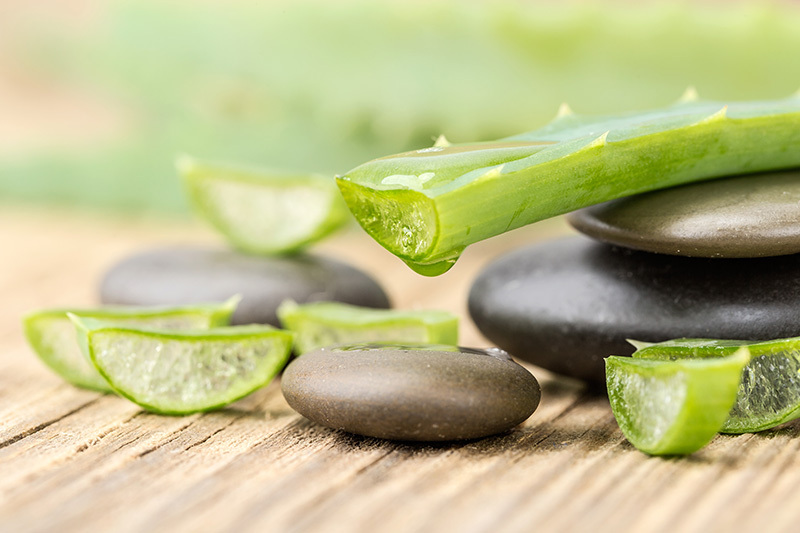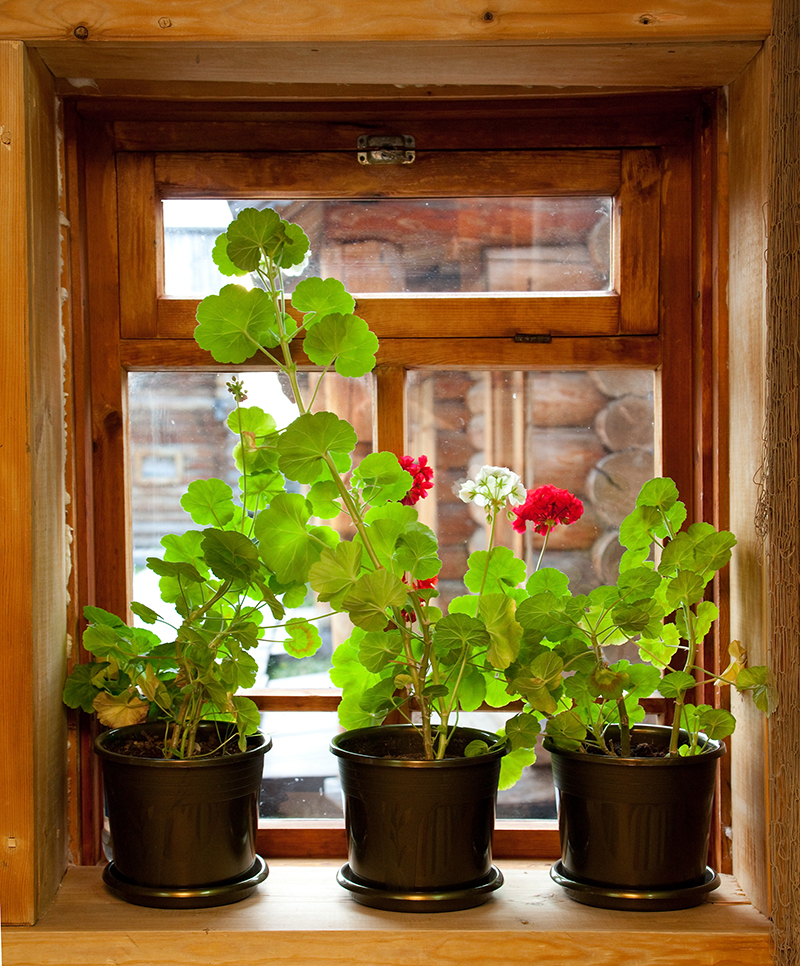Expert Orchid Care Techniques Revealed
Posted on 18/08/2025
Expert Orchid Care Techniques Revealed: Your Ultimate Guide
Orchids are renowned for their exquisite beauty and exotic blooms. However, many believe that caring for orchids is a complex and challenging task. With the right knowledge and practical techniques, however, orchid care can be both rewarding and straightforward. In this comprehensive article, we unveil expert orchid care techniques that will help your orchids thrive, flower more often, and live for years to come.

Understanding Orchids: A Foundation for Success
Before diving into the specific methods for advanced orchid care, it's essential to understand what makes orchids unique. With over 25,000 species and more than 100,000 hybrids, orchids are one of the largest and most diverse families of flowering plants. Their origins span tropical rainforests, mountainous regions, and even arid climates.
The Most Popular Orchid Types
- Phalaenopsis (Moth Orchids): Ideal for beginners; known for long-lasting blooms and ease of care.
- Cattleya: Famous for their vibrant colors and fragrance.
- Dendrobium: Diverse, with striking flower spikes and varying care needs.
- Oncidium (Dancing Lady): Noted for clusters of small flowers and active growth habits.
- Vanda: Loved for their large, brightly-colored flowers and unique growth patterns.
Choosing and Preparing the Right Orchid Potting Mix
Orchids do not grow in regular soil. Their roots need access to air, excellent drainage, and specific nutrients. Expert orchid care tips always stress the importance of proper potting media, which can include:
- Bark chips (fir, pine, or redwood)
- Sphagnum moss (retains moisture yet offers aeration)
- Perlite and charcoal (for added drainage and to inhibit bacteria)
- Coconut husk or chips
Tip: Always choose a pot with ample drainage holes and repot your orchid every 1-2 years to maintain root health and prevent root rot.
Expert Watering Techniques for Orchids
One of the most common mistakes in orchid care is incorrect watering. Here's how experts get it right:
How Often to Water
- Water thoroughly, not frequently - let the water run through the pot, then allow the potting media to dry somewhat before the next watering.
- Typically, once a week is enough, but this varies with humidity, temperature, and light.
- Avoid letting the orchid sit in standing water.
Signs You're Overwatering or Underwatering
- Overwatering: Soft, brown, or mushy roots; yellowing leaves; stunted growth.
- Underwatering: Wrinkled leaves; dry, brittle roots; slow flower development.
Pro Tip: Insert your finger about an inch into the potting mix. If it feels dry, it's time to water your orchid.
Mastering Orchid Lighting for Optimal Blooms
Light is crucial to expert orchid care. Orchids thrive in environments with plenty of indirect or filtered sunlight.
Identifying the Right Light Levels
- Phalaenopsis and Paphiopedilum: Medium light, such as an east-facing window, is ideal.
- Cattleya and Vanda: Need brighter, filtered light--preferably south or west-facing with a sheer curtain.
- Leaves should be bright green, not dark green (too little light) or yellowish/red (too much light).
If natural light is insufficient, supplement with grow lights specifically designed for orchids. Keep lights about 6-12 inches above the leaves.
The Importance of Humidity and Air Circulation
Most orchids are native to humid environments and benefit from humidity levels of 50%-70%. Here's how you can create the perfect climate:
- Use a humidity tray--place a shallow dish filled with water and pebbles under the orchid pot.
- Group orchids together to naturally increase evaporative moisture.
- Mist leaves in the morning (but avoid water pooling inside the leaves or crown).
- Provide gentle air movement using a small fan to ward off fungal and bacterial diseases.
Expert orchid growers recommend monitoring humidity with a hygrometer. Do not let orchids sit in a stuffy, stagnant environment.
Expert Fertilization Techniques for Healthy Orchids
Feeding your orchid correctly is key to strong growth and prolific blooming. Orchids require less fertilizer than most houseplants, but the timing and composition are vital.
How and When to Fertilize Orchids
- Use a balanced fertilizer (20-20-20) at one-quarter to one-half the recommended strength.
- Fertilize every two weeks in spring and summer. In autumn and winter, reduce to once a month or when plant growth slows.
- Flush the potting media with water monthly to prevent salt buildup.
- Never fertilize a dry orchid--water first to avoid root burn.
For species and hybrids with specific needs, research custom fertilizer blends. For example, high-phosphorus blends promote blooming, while high-nitrogen blends spur leaf and root growth.
Pruning and Grooming: Keeping Orchids Looking Their Best
Trimming and maintaining your orchid not only encourages future blooms but also prevents disease.
How to Prune Orchids Correctly
- After flowers drop, trim the flower spike above the node on Phalaenopsis. This can trigger reblooming.
- For other types, cut spikes at the base after flowering is done.
- Remove any dead or yellow leaves with sterile scissors.
- Always use clean, sharp tools to prevent infections.
Proper grooming also means removing spent blooms promptly and checking for signs of pests or disease during maintenance.
Troubleshooting Common Orchid Problems
Even with the best care, orchids can face challenges. Here's how experienced orchid growers tackle frequent issues:
Dealing with Orchid Pests
- Spider Mites: Look for fine webs and stippled leaves. Remove them by misting and wiping with soapy water.
- Mealybugs & Scale: Wipe with rubbing alcohol on a cotton swab.
- Fungus Gnats: Let the media dry slightly between watering and use sticky traps if needed.
Managing Fungal and Bacterial Infections
- Root rot: Caused by overwatering or poor drainage. Cut away mushy roots, repot, and reduce watering.
- Leaf spots: Remove affected leaves and treat with a fungicide designed for orchids.
Pro Tip: Isolate any diseased or infested plant to protect your whole collection.
Encouraging Orchid Reblooming: Advanced Strategies
One of the most rewarding aspects of expert orchid care is coaxing your orchid to bloom again and again. Here are advanced techniques:
- Mimic natural cycles by giving your orchid slightly cooler night temperatures (about 55-65?F / 13-18?C) for 2-3 weeks in autumn to stimulate flower spike production.
- Provide ample, but not excessive, bright light during the rebloom trigger period.
- Don't move the plant unnecessarily during spike initiation--orchids dislike change.
After flowering, allow plants to rest with less feeding and slightly less watering before gradually increasing care again as new growth appears.
Seasonal Orchid Care Techniques
Orchid care changes with the seasons. Understanding and adapting your regimen can make a major difference.
Orchid Care in Winter
- Reduce watering and fertilization due to slower growth.
- Move away from cold drafts or radiators.
- Monitor humidity as artificial heating dries the air.
Orchid Care in Summer
- Increase watering and misting, but ensure good air circulation.
- Provide shade during increased sunlight hours to avoid leaf scorch.
Repotting Orchids: A Vital Step for Longevity
Regular repotting ensures healthy root systems and prevents disease. When repotting:
- Gently remove dead media and trim away rotten or mushy roots.
- Use fresh, sterile potting mix suitable for your orchid type.
- Place the orchid at the same depth as before and water lightly.
Experts recommend repotting every 18-24 months, or sooner if the medium breaks down or the plant outgrows its pot.

Frequently Asked Questions (FAQ): Expert Orchid Care
How do I know if my orchid is healthy?
Look for firm, green leaves, plump roots, and active new growth. Any sign of wilting, spots, or mushiness may indicate a problem.
Should I mist my orchid every day?
No, daily misting is usually unnecessary and can promote disease if moisture sits in leaf axils. Instead, monitor humidity and mist occasionally.
Why won't my orchid rebloom?
Orchids need enough light, a small temperature drop at night, and sometimes a period of rest after blooming. Try adjusting these factors.
Conclusion: Become an Orchid Care Expert
By following these expert orchid care techniques, you'll transform your approach to orchid maintenance. Remember, orchids are resilient and will reward detailed, attentive care with breathtaking displays of color and style. Keep experimenting, stay observant, and enjoy your journey as an orchid enthusiast!
Now that you know the secrets of expert orchid cultivation, share your success, and keep learning about the fascinating world of orchids!
Latest Posts
The Five Best Flowers to Win Hearts this Valentine's Day
Expert Orchid Care Techniques Revealed
Your Path to Gorgeous Hydrangeas





